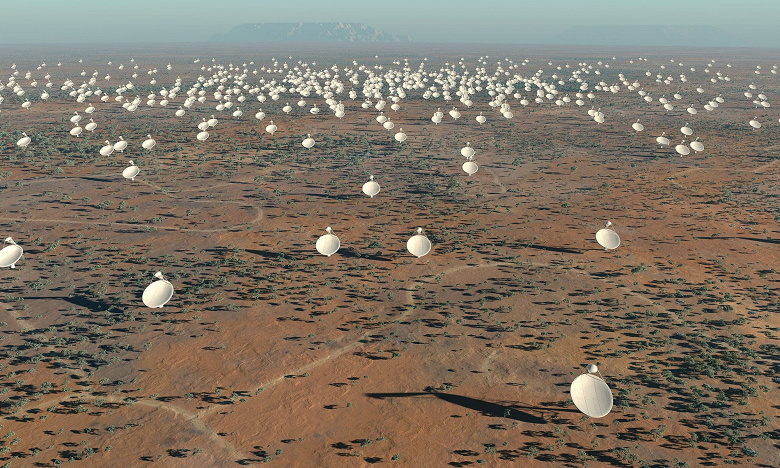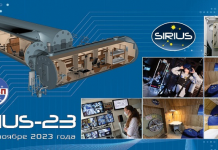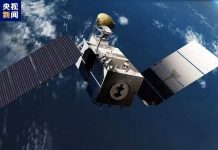Radio astronomy and satellite communications have a common history. Improvements in one area have a positive impact on another. But sometimes the goals of radio astronomy and the goals of communications satellites conflict. This is especially clearly demonstrated by satellite “constellations”
The Starlink concept differs from previous satellite communications networks in that it is a constellation that consists of a large number of satellites in low Earth orbit. There are about 5,000 Starlink satellites today, but that number could grow to 40,000 in the next decade. Due to their location in low Earth orbit, the delay between the satellite and the receiver on the ground is negligible, making them very efficient for Internet communications. With thousands of satellites, you can access the Internet almost anywhere on the planet. However, as a recent study shows, the growth of Starlink will create increasing challenges for radio astronomy.

This research is based on test data from the Square Kilometer Array (SKA), a radio telescope designed to produce high-resolution images at low radio frequencies. The SKA has several scientific goals, including testing general relativity, mapping neutral hydrogen in the Universe, and studying the atmospheres of potentially habitable exoplanets. Its segments were placed in areas of low radio noise in Australia and South Africa with the expectation that it would help change our understanding of the early Universe.
Starlink satellites impact the Square Kilometer Array radio telescope
Because the SKA will be capturing large swathes of the sky at once, Starlink satellites will be present in virtually every image. The authors analyzed data from a special prototype Engineering Development Array version 2 (EDA2). Even without the sensitivity of the full SKA array, the team detected radio emissions from Starlink, both known and unknown in advance. In some cases, these emissions were brighter than the brightest sky objects at low frequencies.
Although known signals can be mitigated through exclusion zones, signals that are not known in advance are cause for concern. The authors concluded that random signals from Starlink could significantly influence some of the SKA’s science objectives.
This is not the first time stray radio signals from Starlink have been detected. An earlier study using data from the LOFAR radio interferometer in the Netherlands also detected signals from several satellites. As radio telescopes become increasingly sensitive, it becomes necessary to combat radio noise from satellites. Perhaps one day scientists and engineers will either have to make a difficult choice between the convenience of satellite Internet and radio sky exploration or work together to find compromises.



